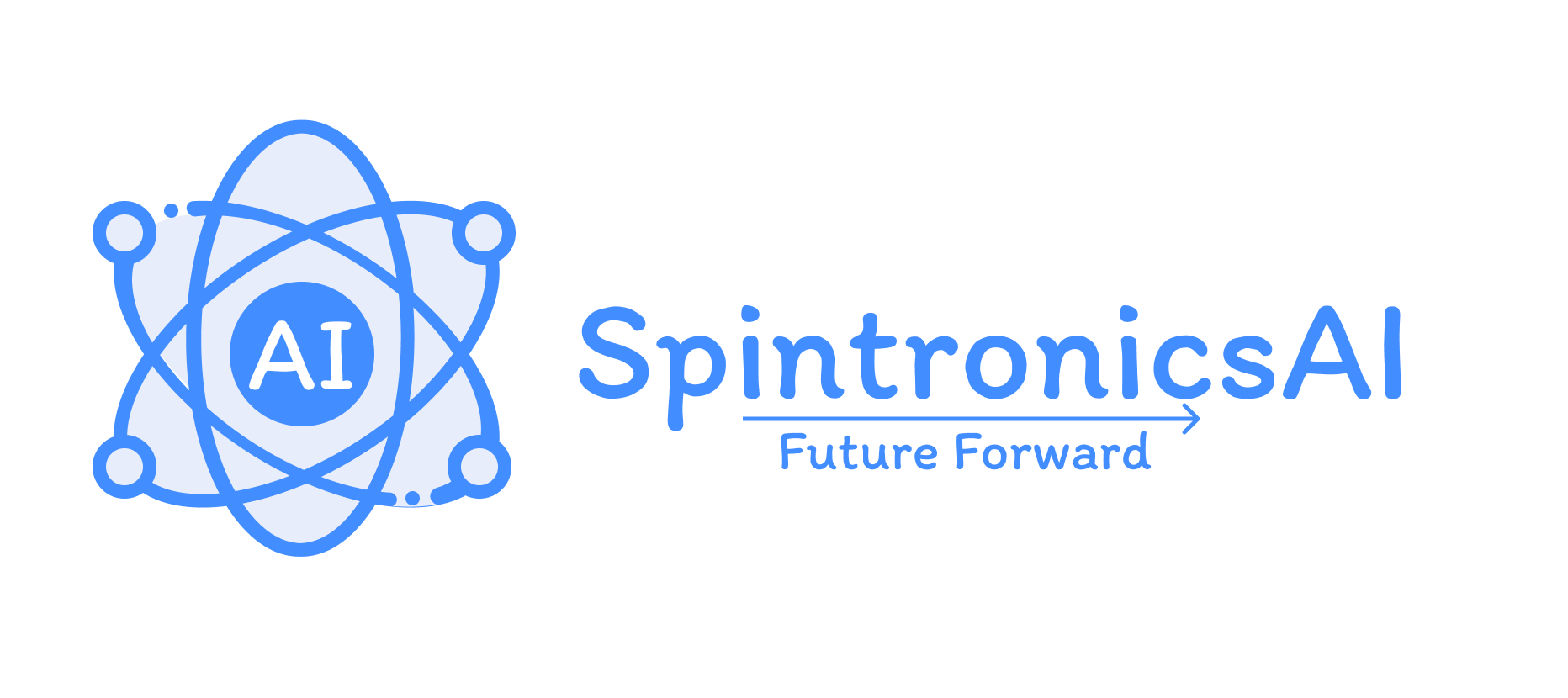Maximizing Efficiency: The Synergy of 3DNAND and HBMIO in High-Performance Systems
3D NAND and HBMIO (High Bandwidth Memory I/O) are pivotal technologies in modern computing, each addressing different needs but complementing each other effectively.
NAND provides high-capacity, non-volatile storage by stacking memory cells vertically, enabling greater storage density and efficiency. It’s ideal for SSDs and other storage solutions where large amounts of data need to be retained reliably.


High Bandwidth Memory (HBM), delivers high-speed, low-latency memory access, crucial for applications requiring rapid data processing and high bandwidth, such as GPUs and high-performance computing.

Synergies Between 3D NAND and HBMIO:
1. Complementary Functions: Storage vs. Processing: 3D NAND handles large-scale data storage, while HBMIO accelerates data access and processing. This division enhances overall system performance by leveraging the strengths of each technology.
2. Performance Enhancement: Efficient Data Handling: Data stored in 3D NAND can be quickly fetched and loaded into HBM for rapid processing, reducing latency and improving throughput.
3. Cost and Power Efficiency: Optimized Resource Use: 3D NAND’s cost-effective storage complements HBMIO’s high-speed capabilities, balancing both cost and power consumption in advanced systems.
4. Practical Applications: Gaming and Data Centers: 3D NAND stores large game assets and data, while HBMIO supports fast, real-time processing, leading to smoother gaming experiences and efficient data center operations.
Integrating 3D NAND with HBMIO leverages high-capacity storage and high-speed memory access, driving performance and efficiency in cutting-edge computing systems.
